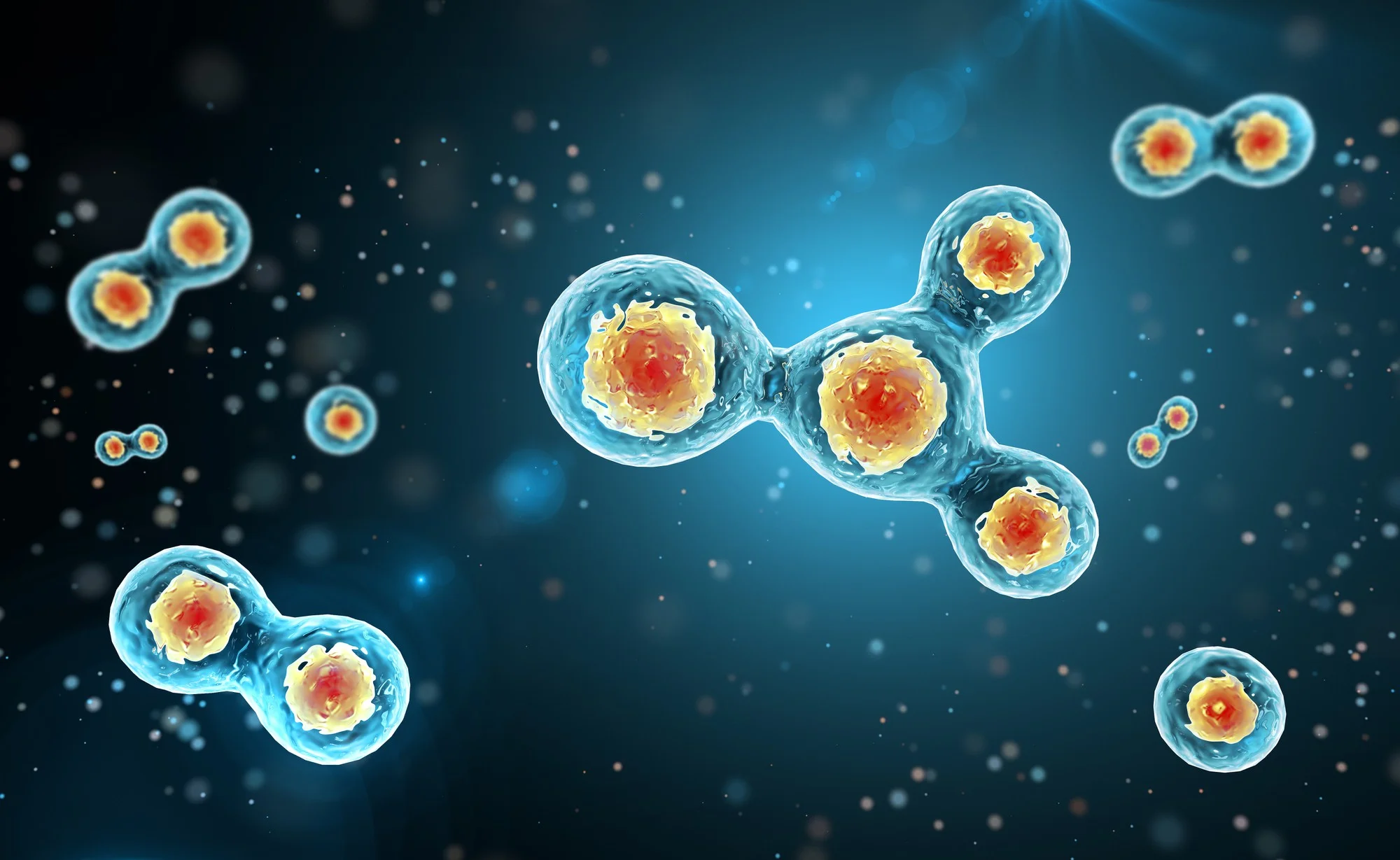Keywords
1. T-Cell Activation
2. Non-Degradative Ubiquitylation
3. CD4 Lymphocytes
4. Proteomic Analysis
5. Immune Cell Regulation
Introduction
In a groundbreaking study published in Nature Immunology, researchers from The Children’s Hospital of Philadelphia and the University of Pennsylvania have revealed a previously unrecognized function of ubiquitylation in activated CD4+ T-cells. Ubiquitylation, a process traditionally associated with protein degradation, appears to also direct non-degradative pathways in T-cells—an insight that challenges existing paradigms and offers new opportunities for therapeutic intervention. In this comprehensive news article, we delve into the enlightening findings of this research, discuss potential clinical implications, and acknowledge the scientific inquiries that led to these novel outcomes.
Non-Degradative Ubiquitylation in T-Cells
The study, led by Joseph M. Dybas and Claire E. O’Leary, with senior author Paula M. Oliver, approached the complex network of T-cell regulation with an integrative methodology combining proteomics and transcriptomics. Through their intricate analyses, the team discovered an increase in non-degradative ubiquitylation—a process that modifies proteins without marking them for destruction—during the activation of CD4+ T-cells (DOI: 10.1038/s41590-019-0381-6).
Traditionally, ubiquitylation has been extensively studied within the context of protein degradation via the proteasome, a cellular complex responsible for breaking down proteins. In the immune system, such regulatory mechanisms are essential for maintaining balance and preventing the development of autoimmune disorders or insufficient immune responses. However, the research by Dybas, O’Leary, and Oliver signals the existence of a yet unexplored terrain in immunology: ubiquitin tags that do not culminate in degradation but instead influence other aspects of protein function and cell signaling.
Discovery Through Advanced Proteomic Techniques
The quantum leap in this research was facilitated by a combination of mass spectrometry and bioinformatic analyses that enabled the researchers to both identify ubiquitylated proteins and discern their role within activated CD4+ T-cells. Not only does the study illuminate non-degradative ubiquitylation as a novel mechanism, but also it provides an extensive dataset of ubiquitylated proteins (PMID: 31061531, PMC7007700), which can be a treasure trove for future research in cellular immunology.
Implications for Immunology and Medicine
The implications of these findings are manifold. For immunology, it opens up new avenues to understand the intricate regulation of T-cells beyond gene transcription and protein degradation. It hints at the involvement of ubiquitin in signaling pathways that may determine the amplitude and duration of T-cell responses. For medicine, particularly in the realms of autoimmune disease and cancer immunotherapy, this could mean the advent of novel treatment strategies that target specific components of the ubiquitylation machinery to modulate immune responses.
Expert Opinions and Perspectives
As noted by Dybas and colleagues, the identification of non-degradative ubiquitylation during T-cell activation poses more questions than it answers. How does ubiquitylation alter the function of these proteins? Which specific ubiquitin linkages are involved? And most importantly, how does this impact T-cell mediated immunity? These questions are echoed by the scientific community as this study challenges long-held assumptions about ubiquitylation and calls for a deeper investigation into the non-degradative roles of ubiquitin in cell biology.
Conclusion and Future Directions
In conclusion, the discovery by researchers from The Children’s Hospital of Philadelphia and the University of Pennsylvania represents a significant contribution to the understanding of immune cell regulation. It showcases the importance of non-degradative ubiquitylation in the fine-tuning of T-cell activation, thereby prompting a re-examination of classical concepts in cell signaling and immune response. Future research is expected to capitalize on these novel insights, fostering the development of innovative therapeutic strategies anchored in the manipulation of ubiquitylation processes.
References
1. Tan, H., et al. (2017). Integrative proteomics and phosphoproteomics profiling reveals dynamic signaling networks and bioenergetics pathways underlying T cell activation. Immunity, 46(3), 488-503. doi: 10.1016/j.immuni.2017.03.003. PMID: 28285833, PMCID: PMC5466820
2. de Sousa Abreu, R., Penalva, L.O., Marcotte, E.M., & Vogel, C. (2009). Global signatures of protein and mRNA expression levels. Mol. Biosyst, 5(12), 1512-1526. doi: 10.1039/b908315d. PMID: 20023718, PMCID: PMC4089977
3. Vogel, C. & Marcotte, E.M. (2012). Insights into the regulation of protein abundance from proteomic and transcriptomic analyses. Nat. Rev. Genet, 13(4), 227-232. doi: 10.1038/nrg3185. PMID: 22411467, PMCID: PMC3654667
4. O’Leary, C.E., et al. (2016). Ndfip-mediated degradation of Jak1 tunes cytokine signalling to limit expansion of CD4+ effector T cells. Nat. Commun, 7, 11226. doi: 10.1038/ncomms11226. PMID: 27088444, PMCID: PMC4837450
5. Fang, D., et al. (2002). Dysregulation of T lymphocyte function in itchy mice: a role for Itch in TH2 differentiation. Nat. Immunol, 3(3), 281-287. doi: 10.1038/ni768. PMID: 11828324
This monumental work is merely a glimpse into the untapped potential of proteomic studies in elucidating cellular processes and paves the way for innovative applications in clinical immunology. The growing interest in protein ubiquitylation beyond its role in protein degradation underscores the evolving landscape of biological research, where hidden intricacies within cells are progressively unveiled, reflecting the intricate artistry of life at the molecular level.
